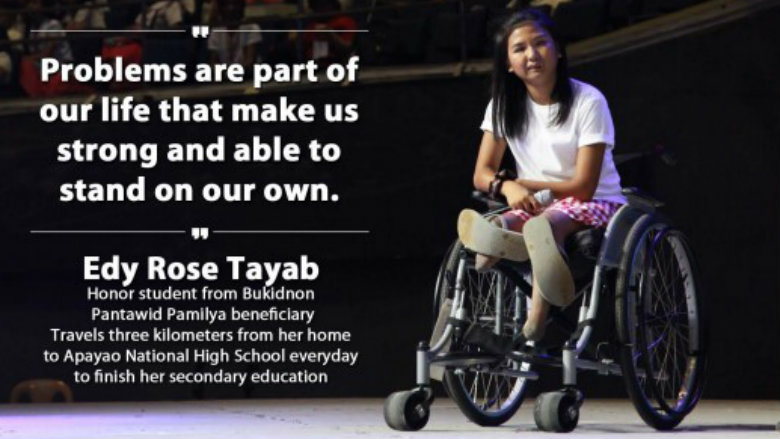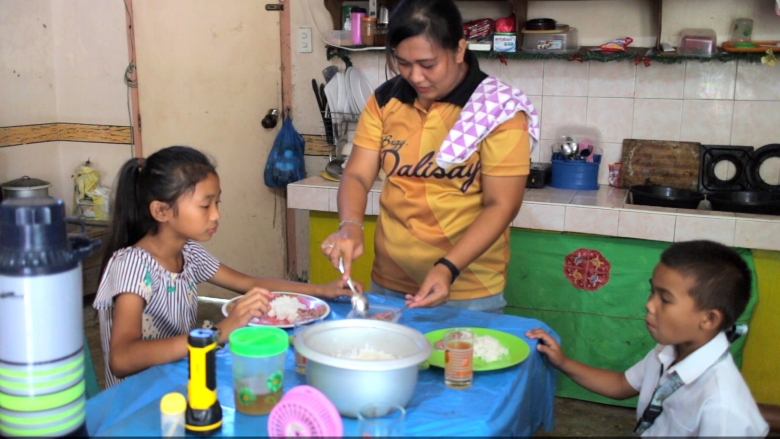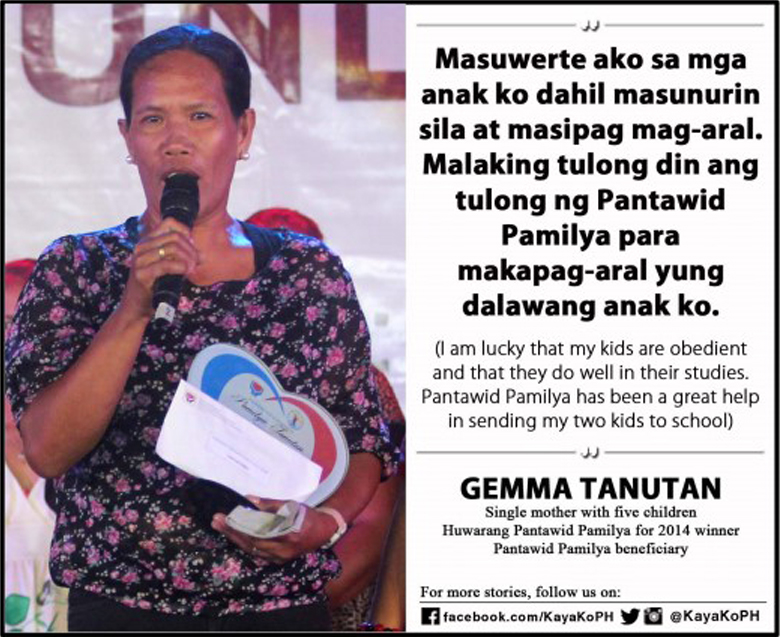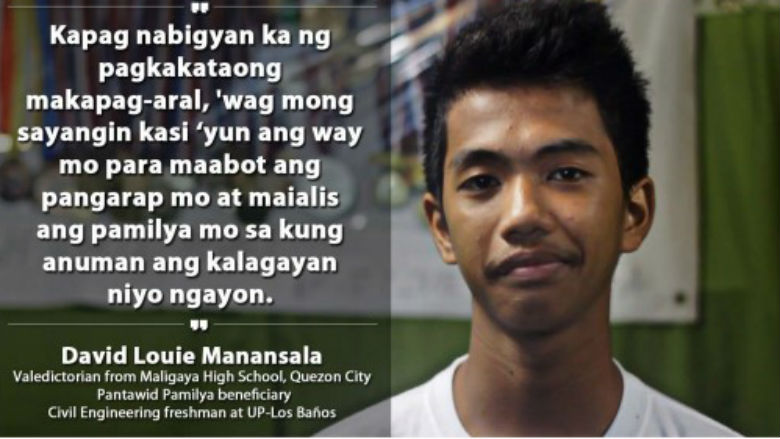The Challenge
The Philippines has been one of the fastest-growing economies in the East Asia and Pacific Region. However, poverty has been slow to decline and remains high at 21.6 percent. Poverty in the Philippines is concentrated in rural areas and vulnerability to poverty, due to factors like disaster risks, are a major concern. Perennial typhoons and flooding have devastating economic and social impacts. Violent conflict in some parts of the country including in Mindanao has also disrupted the delivery of basic services and resulted in low human capital investment. Before the project was implemented in 2009, low health and education outcomes among poor children were largely a result of low spending on human development and social services, particularly health and social assistance programs; a fragmented approach to protect the poor and vulnerable; and the absence of an effective and objective system to identify poor and vulnerable households.
Approach
To support the government’s social welfare reform initiatives, the World Bank tapped its institutional knowledge and expertise in designing and implementing large-scale CCTs and targeting systems around the world. The consecutive CCT projects in the Philippines have used a programmatic approach that also leverages technical assistance in building up the targeting system and the CCT into what it is today – a strong social protection system that has become the centerpiece of the government’s social protection strategy. The projects have supported the development of an objective, rigorous national household targeting system called Listahanan to better direct the social programs implemented by the Department of Social Welfare and Development (DSWD) and other government agencies. Listahanan is used to identify poor households for the CCT program and for other government programs. By taking a system approach, other national agencies, local governments, legislators and civil society can draw from the Listahanan to provide assistance where is it needed most in a transparent and fair manner.
The projects have also supported the roll out and scale up of the country’s CCT program, the Pantawid Pamilya Pilipino Program, or the 4Ps, which provides cash grants to poor households as incentives for parents to keep their children healthy and in school. There are two requirements: children aged 14 and under and pregnant women should have regular health checks; and school-aged children between 6 and 18 years old should attend school classes at least 85 percent of the time. Overall the 4Ps is a long-term investment that contributes to breaking the cycle of inter-generational poverty by helping today’s children become productive members of society.

Results
Implemented in 145 cities and 1,482 municipalities in 80 provinces in the Philippines, the projects have continued supporting the government’s 4Ps conditional cash transfer program. Since the 4Ps’ piloting in 2007, the projects have achieved important results:
- The 4Ps has made significant impact on reducing total poverty and food poverty among beneficiaries, and has grown to become one of the largest in the world, supporting more than 4.4 million.
- The 4Ps has increased gross enrollment rates for children ages 12–17 years by 4.9 percentage points from a baseline of 80.4 percent, and by 10 percentage points (from a baseline of 60.8 percent) for ages 16-17.
- The program is also helping reduce the gender gap in enrollment between boys and girls ages 6–14 years by 30 percent.
- The 4Ps is encouraging poor women to use maternal and child health services such as antenatal care: nearly 8 in 10 pregnant women of Pantawid households avail the recommended number of prenatal checkups.
- It also promotes safer birth deliveries performed by doctors and improved children’s access to certain health care services, which all have positive effects on the long-term welfare of beneficiary households.
- Listahanan, the national household targeting system for poverty reduction in the Philippines, has reached three out of four households across the country. The objective selection of 5.2 million poor households in 2016 has helped ensure that government programs are better targeted for those who need it most.



